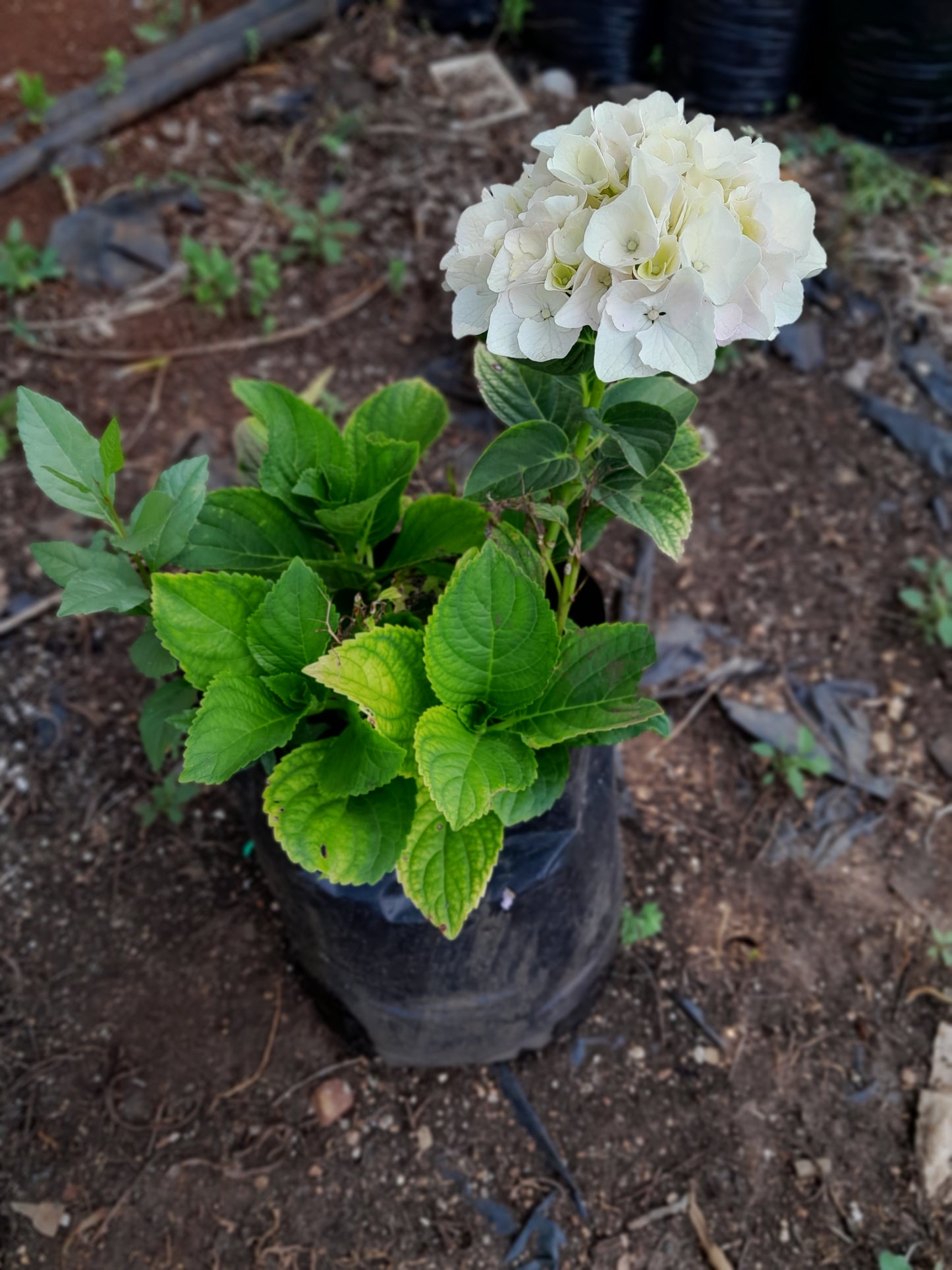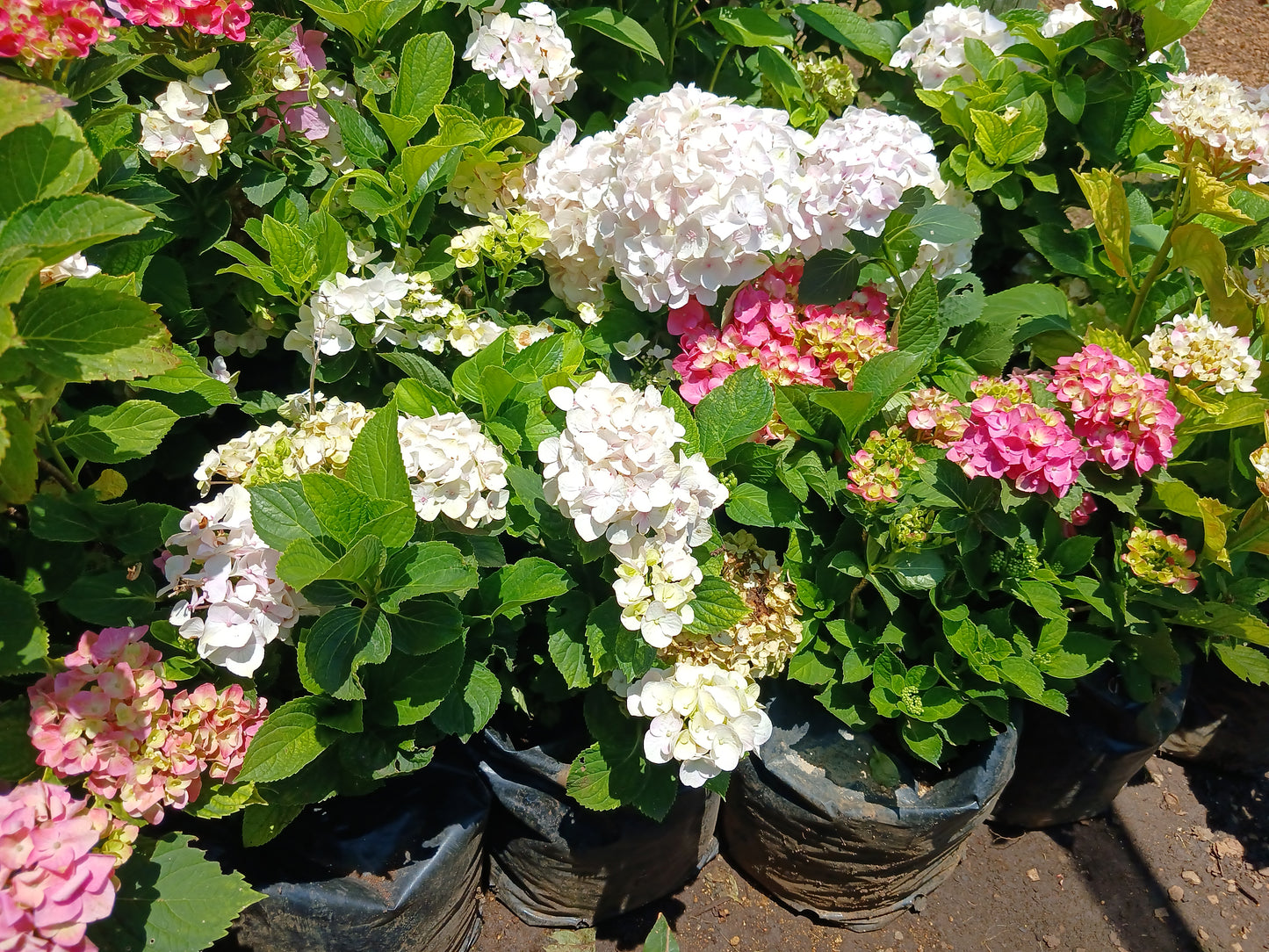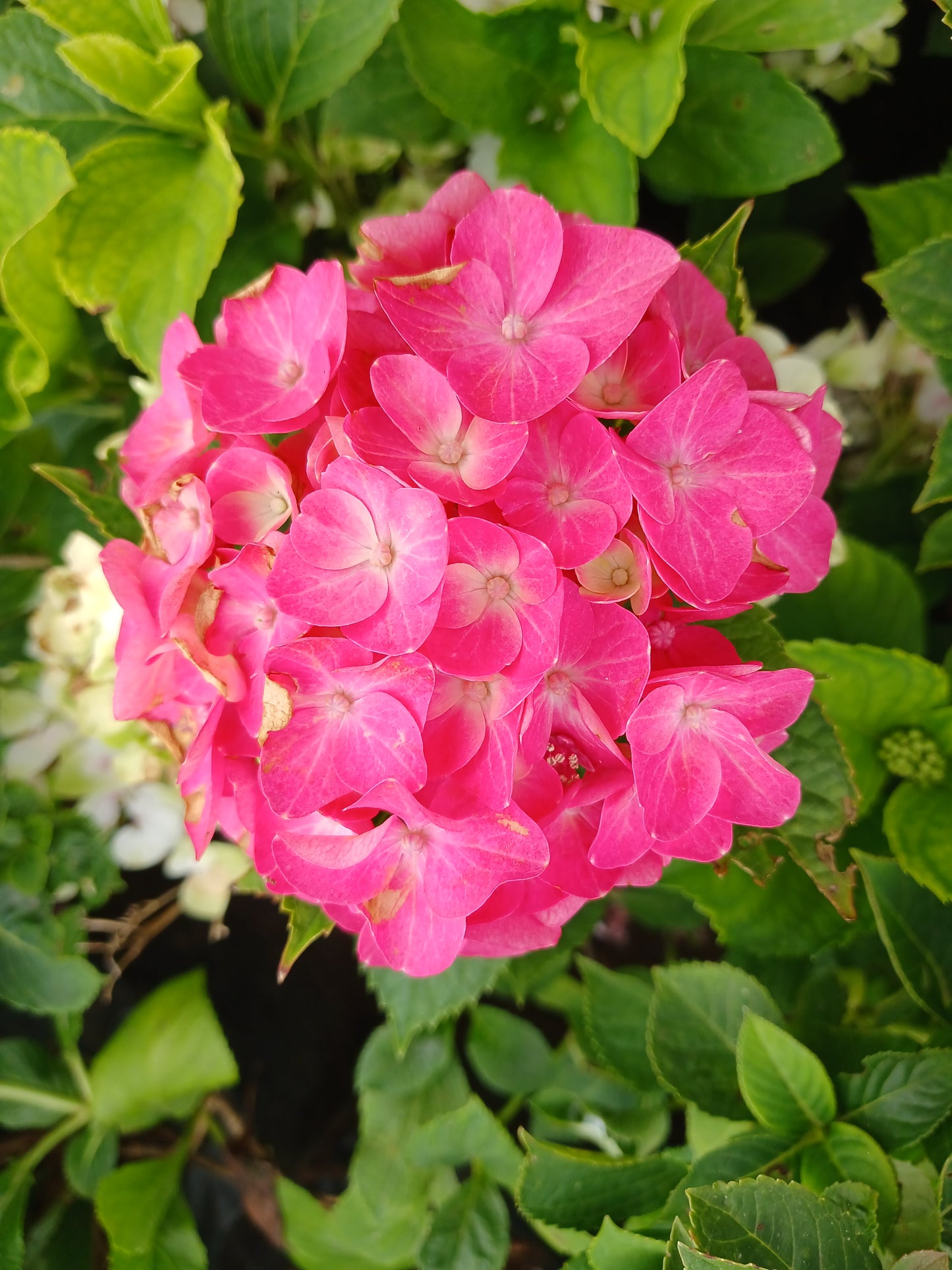Schubert Landscapes
Hydrangea - 10L Various Colours
Hydrangea - 10L Various Colours
Couldn't load pickup availability
Unrivaled in the shrub world for their beautiful flowers, these elegant plants are easy to cultivate, tolerate almost any type of soil, and produce abundant blooms. Colors beguile with clear blue, vibrant pink, frosty white, lavender, and rose blossoms—sometimes all blooming on the same plant!
Most hydrangeas fare best when planted in dappled or partial shade. They will grow well under trees and along the west side of your home, where they are protected from the midday sun. Many hydrangea species hail from the coastal areas of Japan, so they cope well in coastal gardens, provided they are given some protection from the wind. Good companion plants for hydrangeas are shade-loving azaleas and magnolias.
If you are aiming for a strong blue colour, avoid planting hydrangeas close to a concrete wall or foundation as this can leach lime into the soil, making it difficult to obtain a true blue colour.
Hydrangea macrophylla is the most popularly grown hydrangea in South Africa. It occurs in two forms – the mophead hydrangea and the lacecap hydrangea. Mopheads form large pom-pom shaped balls of flowers, while lacecap hydrangeas are round and flat with tiny flowers in the centre, surrounded by showy flowers on the outside. H. macrophylla can be blue, pink, or any shade in between, depending on the acidity of the soil they are planted in
Hydrangeas should be pruned twice a year – in winter and in summer, just after they have finished flowering.
The winter pruning (ideally in June or July) is the harder pruning session. Remove all the dead, old or weak stems. Prune all the remaining stems back to just above a cluster of buds. The idea is to channel all the plant’s energy into producing new flowers. After pruning, feed with hydrangea food and mulch the soil well (an acidic mulch like pine needles works well if you are aiming for blue flowers).
Summer pruning (ideally at the end of January) entails cutting off any dead flowers and removing dead or old stems. Add plenty of compost to the soil to encourage the next season’s growth and mulch well to conserve water in the soil.
Share






